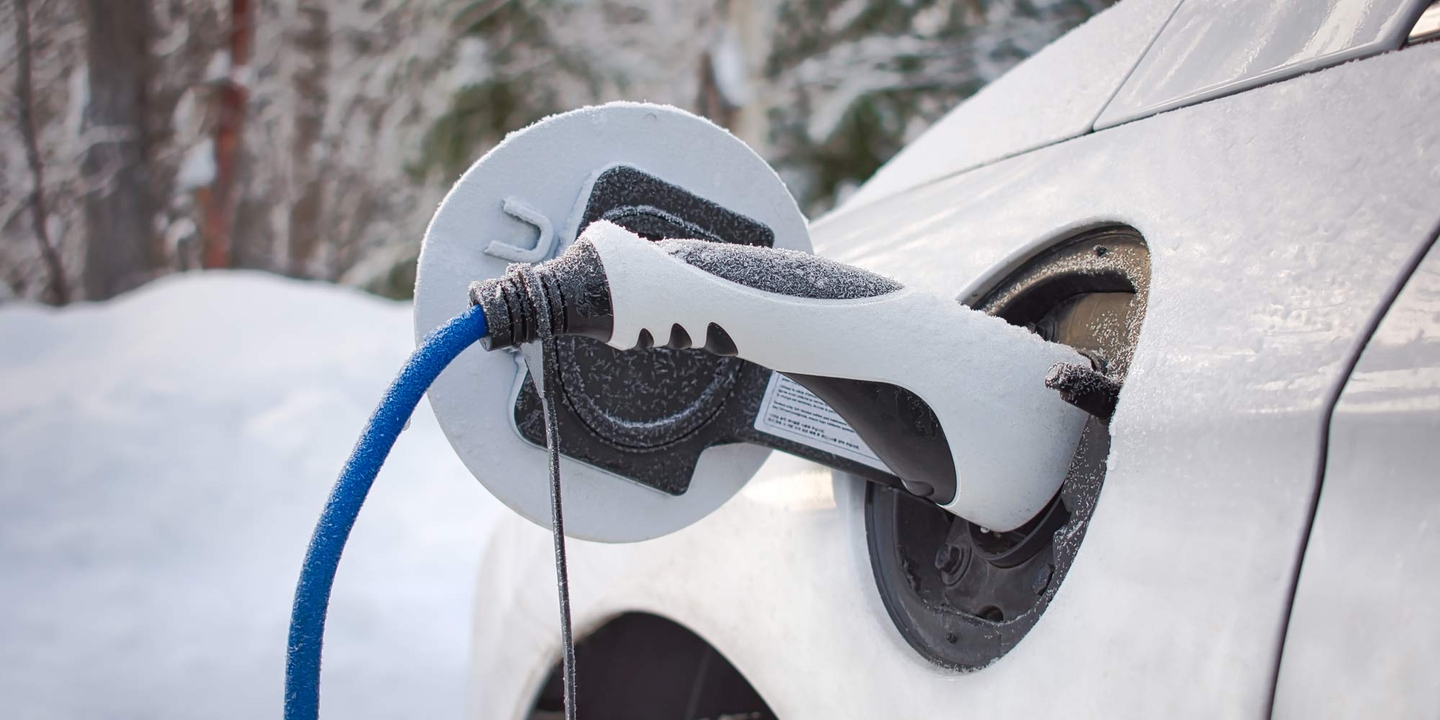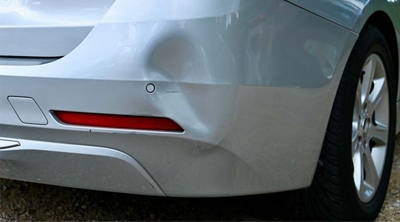Driving hybrid and electric cars in cold weather
2 min read
Because they come with an internal combustion engine (ICE), hybrid cars only need to be warmed up in cold weather for a moment or two to be driven safely. You can also drive an electric vehicle right after starting it. However, it takes a lot of battery power to warm up the cabin, significantly reducing your driving range. Experts recommend warming the cabin while the car is still plugged in to preserve battery life. Learn more about the differences between hybrid vs. electric cars.
Do electric cars need to warm up in cold weather?
Yes. An article in Wired magazine recommends that you warm up the interior and the battery of an electric car in winter before driving it away from the charging station. The effects of cold weather on electric cars include a faster battery drain when using the cabin heater, which reduces your driving range. To get the maximum range for your electric vehicle in cold weather, warm it up while it’s still plugged in — for about 5-10 minutes.
Once you’re warmed up and are on the road, you’ll only need the heater to maintain warmth in the cabin, which doesn’t use as much battery power. Additionally, if you have heated seats or a heated steering wheel, using those instead of the cabin heater helps preserve your battery life and driving range.
Do you need to warm up a hybrid car or FCEV?
Fuel cell electric vehicles (FCEVs) and hybrid cars in winter don’t need the same preparation as electric cars. And in fact, warming up hybrid cars in cold weather is more about your comfort than proper car care. You only need to warm up a hybrid car for about a minute, the same as you’d need for a gasoline-only car.
According to Sustainable America, driving the car will warm it up faster than idling, and some states are instituting anti-idling laws to reduce pollution. But warming your car up delivers benefits beyond warming the cabin. It also gives the window defrosters a chance to do their job and makes it easier for your windshield wipers to clean the glass.
Range and tires for hybrid and electric vehicles in winter
Whether you drive an all-electric or a hybrid vehicle, keep an eye on your range, as all cars get worse mileage in colder weather. Switching from all-season tires to winter tires, which can provide extra safety while driving in snowy conditions, can also reduce your mileage. You don’t ever want to find yourself stranded in the cold. Following some essential winter car maintenance tips can keep your car running smoothly during the colder months.
Thinking about buying an electric vehicle? Learn more about car insurance for electric cars and the pros and cons of electric cars.




